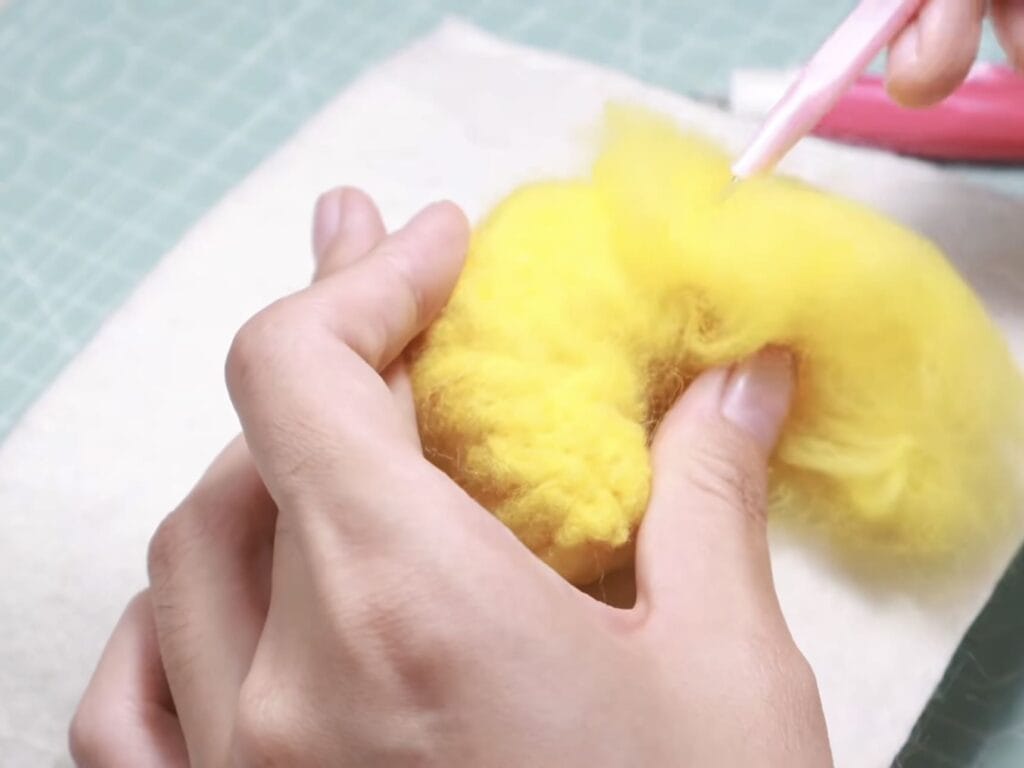
Needle felting is a captivating craft that transforms loose fibers into intricate, three-dimensional creations using simple tools like felting needles. For beginners and seasoned crafters alike, a common question arises: Can felting be done with any fiber? In this article, we’ll explore the suitability of various fibers for needle felting, highlighting their strengths and limitations, and offering practical insights to help you choose the right materials for your projects.
What Is Needle Felting?

Before diving into fiber options, let’s clarify what needle felting entails. Needle felting involves using a specialized felting needle—a barbed tool—to repeatedly poke loose fibers, causing them to entangle and form a solid, sculpted shape. This process is often used to create items like felted animals, felted flowers, or felted toys. The success of this craft heavily depends on the fiber’s ability to interlock, making the choice of material a critical factor.
Why Fiber Choice Matters
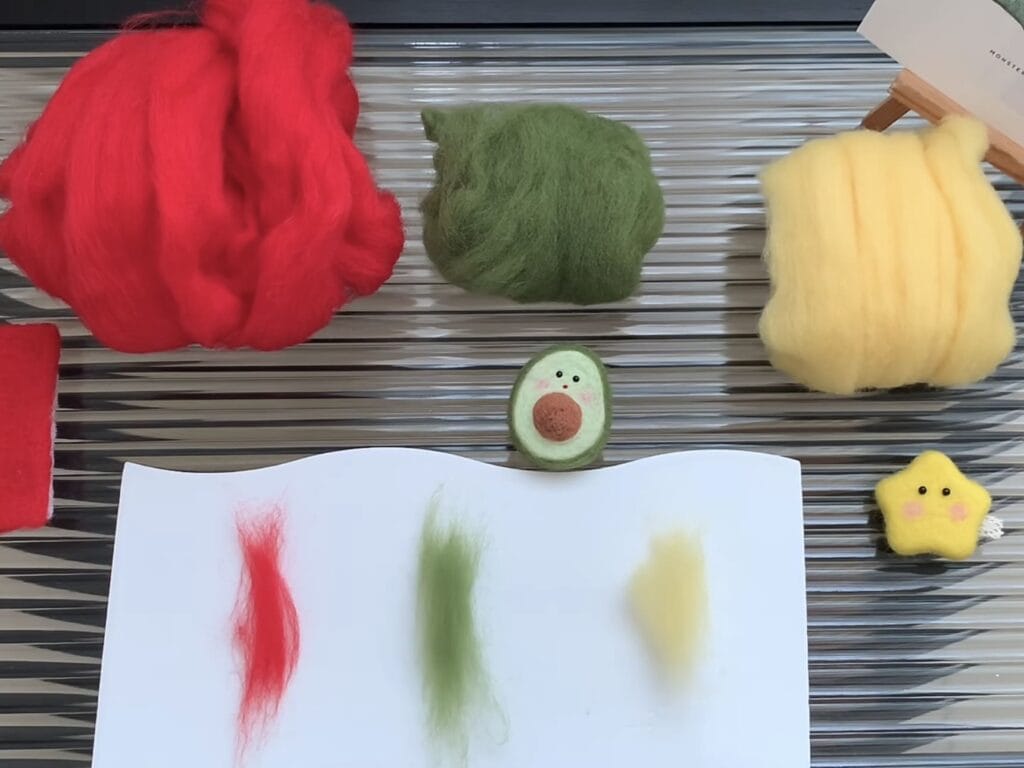
Not all fibers are created equal when it comes to needle felting. The ideal fiber must have enough texture or natural crimp to tangle and hold together under the needle’s action. Key properties like softness, elasticity, and structure influence both the felting process and the final product’s appearance. So, while creativity knows no bounds, the physical characteristics of fibers set some practical limits.
Wool: The Gold Standard for Felting
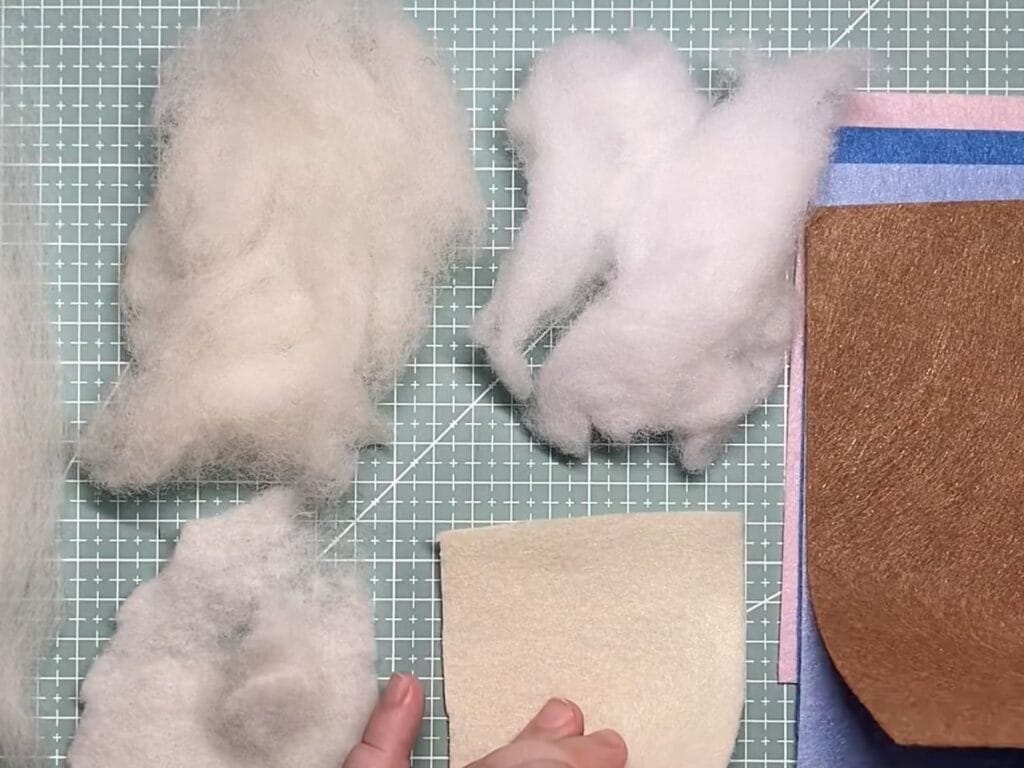
Wool is the go-to fiber for needle felting, and for good reason. Its natural properties make it the most reliable and versatile choice:
- Natural Crimp: Wool fibers, such as Merino wool or Corriedale wool, have a wavy, crimped structure that allows them to lock together easily during felting.
- Softness and Elasticity: Merino wool is prized for its softness, making it perfect for delicate, detailed projects like needle-felted animals. Meanwhile, Corriedale wool offers durability, ideal for larger or sturdier pieces.
- Versatility: Available in forms like wool roving or colored wool felt, wool can be shaped into anything from 3D felted sculptures to flat designs using a felting needle set.
For beginners, needle felting kits often include 100% natural wool, providing an accessible entry point to master the craft. Wool’s dominance in felting is no surprise—it’s the fiber that consistently delivers results.
Other Natural Fibers: Can They Work?
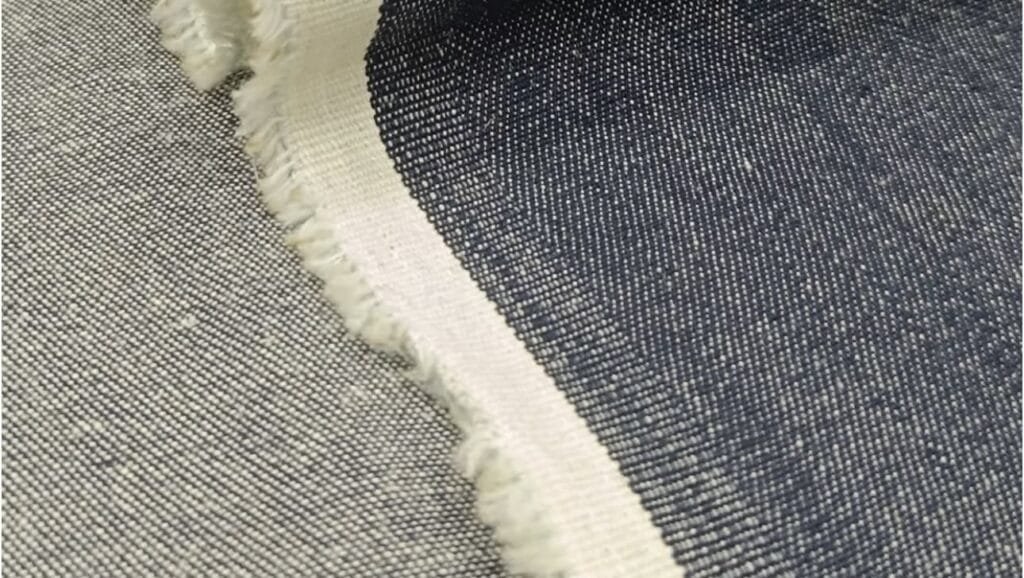
What about fibers beyond wool? Let’s examine some common natural alternatives and their felting potential:
Cotton
Cotton is soft and widely available, but its short, straight fibers lack the crimp needed for effective needle felting. On its own, cotton won’t hold together well, making it a poor choice for standalone projects. However, blending cotton with wool can soften a piece or adjust its texture.
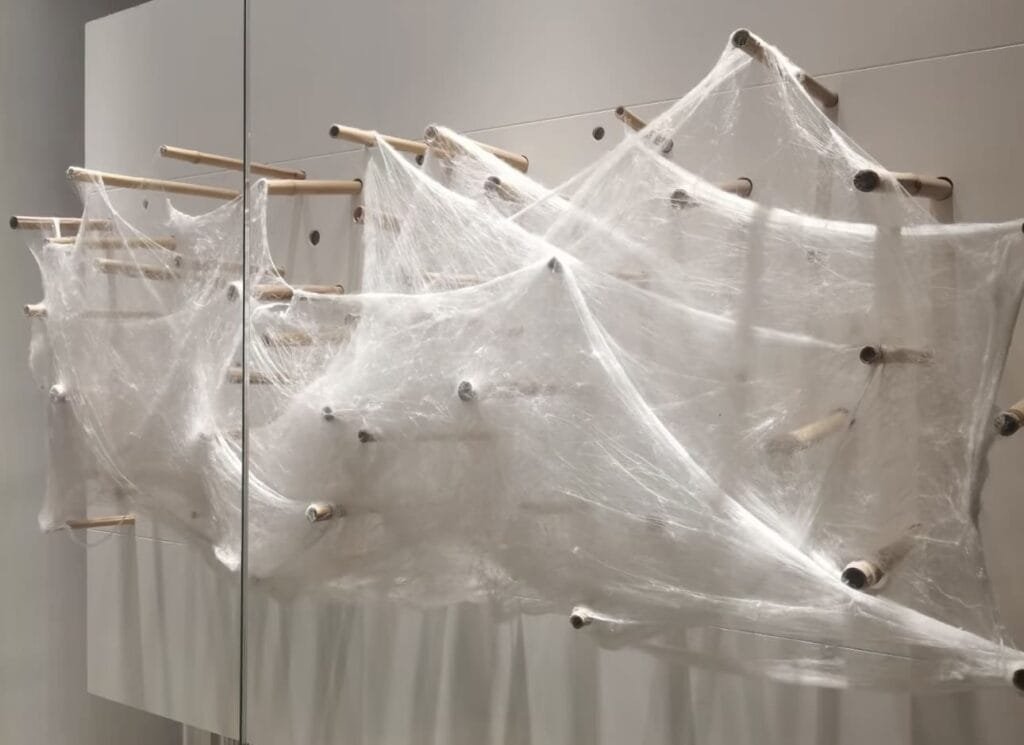
Silk
Silk brings a luxurious sheen and smooth feel, tempting crafters to incorporate it into felting. Yet, its slippery, straight fibers resist entanglement, meaning silk can’t be felted alone. When mixed with wool, though, it adds a glossy accent—think felted ornaments or gift-worthy felted pieces with a touch of elegance.
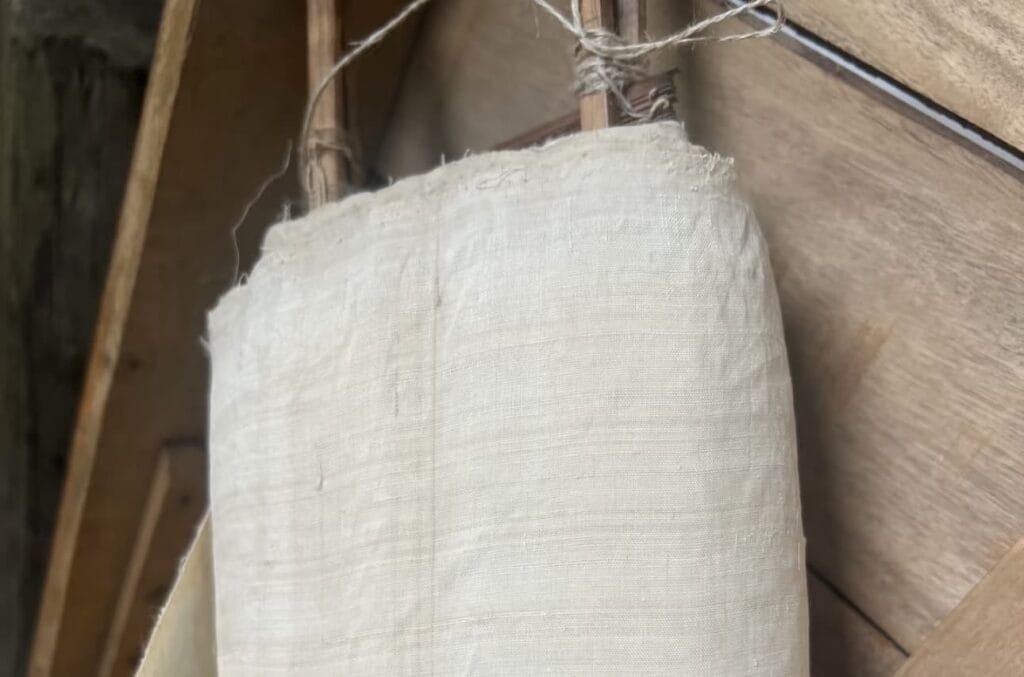
Linen (Flax)
Linen offers strength and a subtle sheen, but like cotton, its fibers are too straight and rigid to felt independently. Linen isn’t suitable solo, but it can serve as a decorative layer or texture enhancer when combined with wool.
Synthetic Fibers: A Viable Option?
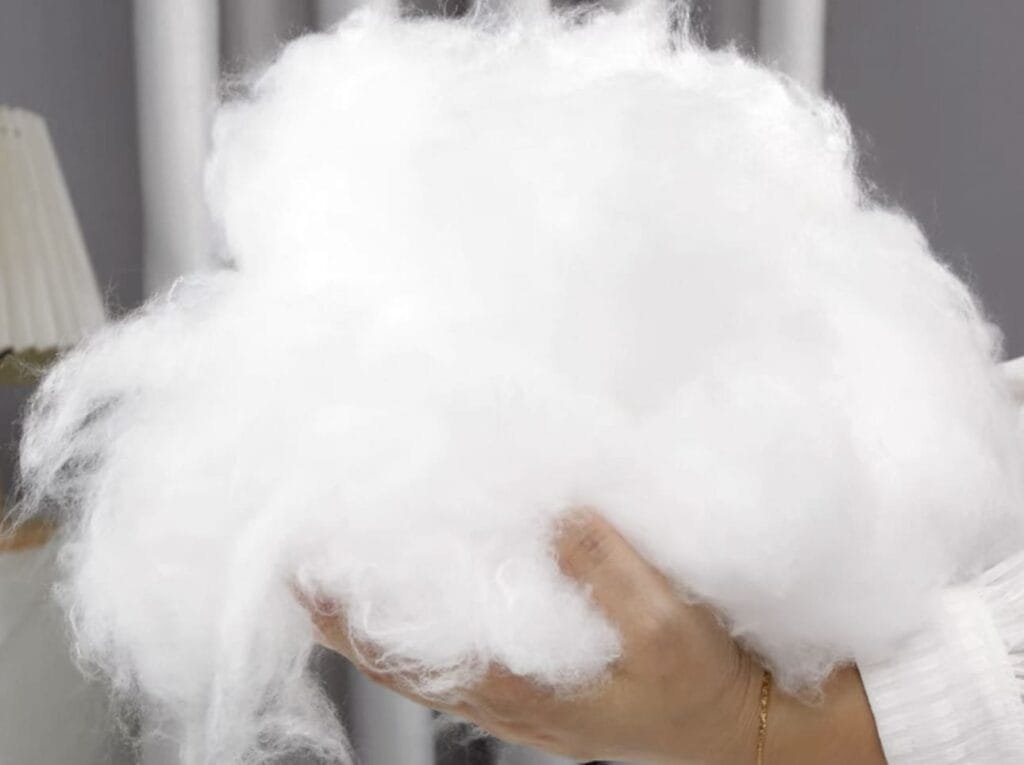
Synthetic fibers like polyester or nylon are common in crafting, but they pose challenges for needle felting. Their smooth, uniform surfaces lack the grip needed to interlock effectively, so they don’t work well on their own. That said, mixing small amounts with wool can enhance durability or add unique effects, especially in experimental projects.
Specialty Fibers: Creative Possibilities

For those seeking something unique, specialty fibers open new doors:
- Organic Wool Roving: Eco-friendly and sustainable, perfect for green crafting.
- Hypoallergenic Wool: Ideal for sensitive skin, ensuring comfort without sacrificing quality.
- Dyed Wool: Vibrant colors like pastel wool roving or bulk dyed wool inspire bold, eye-catching designs.
These options cater to specific needs while maintaining wool’s felting-friendly traits.
Real-World Examples
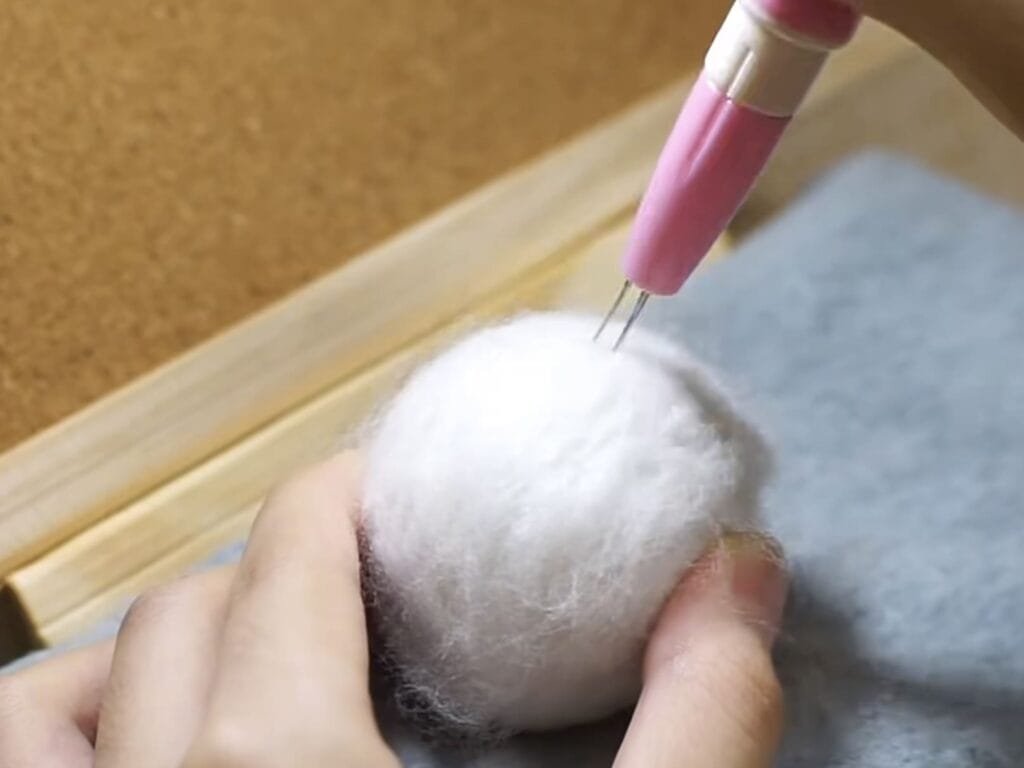
To illustrate how fiber choice impacts felting, consider these examples:
- Felted Animals: A Merino wool kitten, soft and detailed, showcases wool’s finesse.
- Felted Flowers: Combining dyed wool with silk strands creates vivid, textured blooms.
- Felted Toys: Using core wool for structure and colored wool for finishing ensures durability and charm.
The Verdict: Not Every Fiber, But Many Can Play a Role
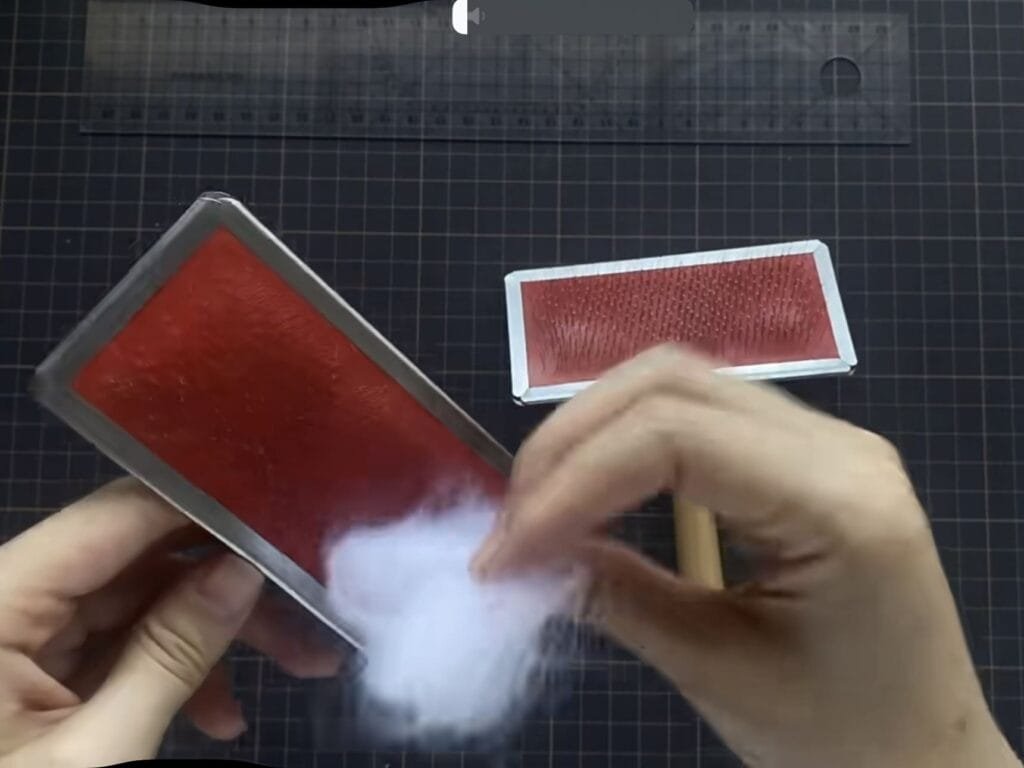
So, can felting be done with any fiber? Not quite. Wool reigns supreme due to its crimped, tangle-prone nature, making it the backbone of needle felting. Other natural fibers like cotton, silk, or linen can’t stand alone but can complement wool as additives for texture or flair. Synthetic fibers are trickier, typically requiring a wool base to work. The key is understanding each fiber’s properties and how they align with your creative goals.
For beginners, start with a needle felting starter kit featuring quality wool to build confidence. As you grow, experiment with blends—perhaps adding silk for sheen or organic wool for sustainability—to craft truly one-of-a-kind pieces.
Final Thoughts
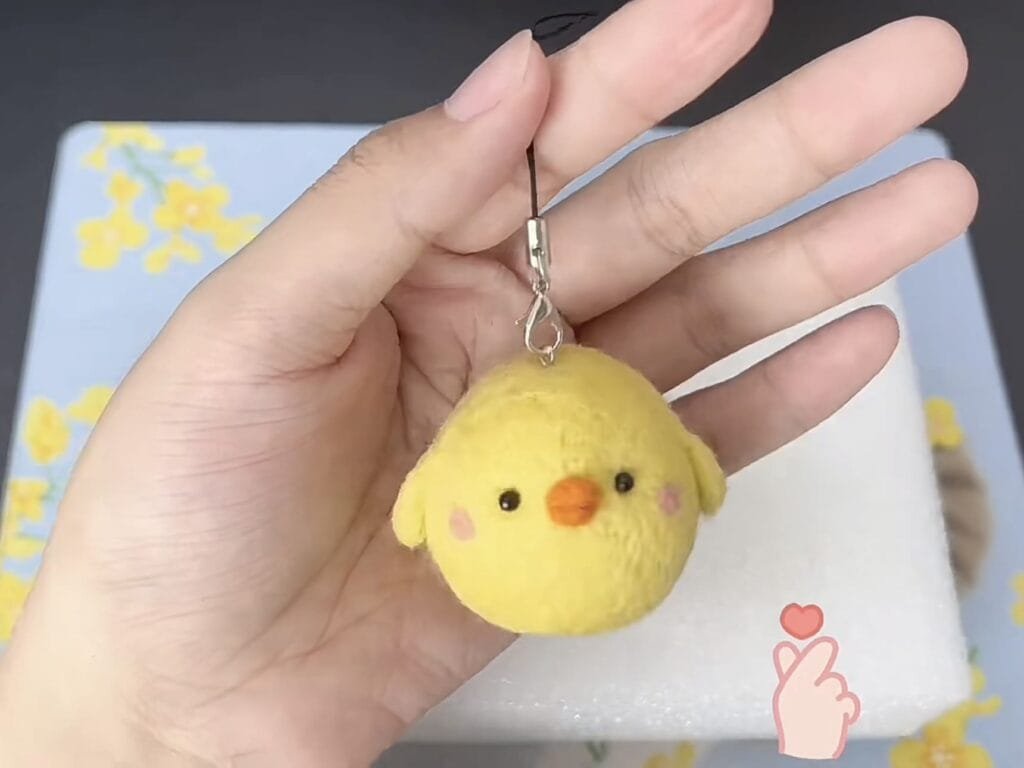
Needle felting is a craft where material and imagination intertwine. While wool is your most reliable partner, the world of fibers offers endless ways to personalize your work. Whether you’re sculpting felted animals, designing DIY felted projects, or exploring seasonal trends, choosing the right fiber is your first step to success. Dive in, experiment, and let your creativity take shape!

